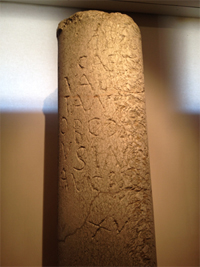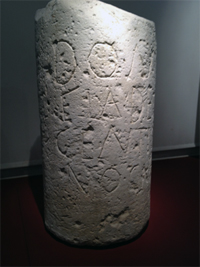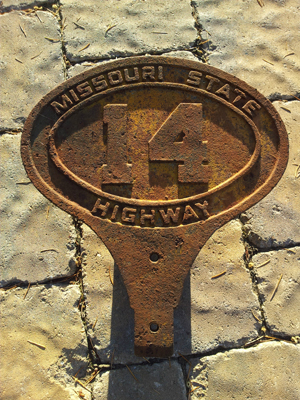The route marker began along the Via Romana in Ancient Rome. Typically carved in stone, these
route markers not only stated the name of the road but also told the distance to Rome. The expression “all roads
lead to Rome,” originates in part from these road markers, as every distance indicator came from the Milliarium
Aureum in the center of Rome. Over time, the materials used for route signage moved away from carved stone,
transitioning to painted, wooden signs (almost all of which have decayed significantly since their use). This
trend continued throughout the Middle Ages and well into the 18th century. Before the automobile, the only
significant signs on the road were route markers, indicating the direction to nearby towns or cities and
designating the name or number of the route.
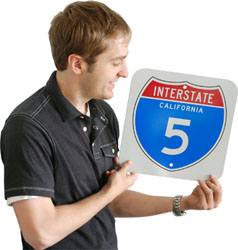
Pacific Coast Highway California 1 Sign
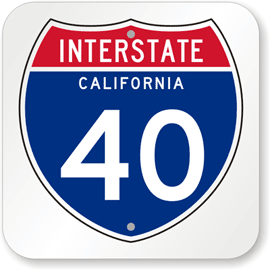
Here at SmartSign, we have a particular fondness for the Mother Road.
